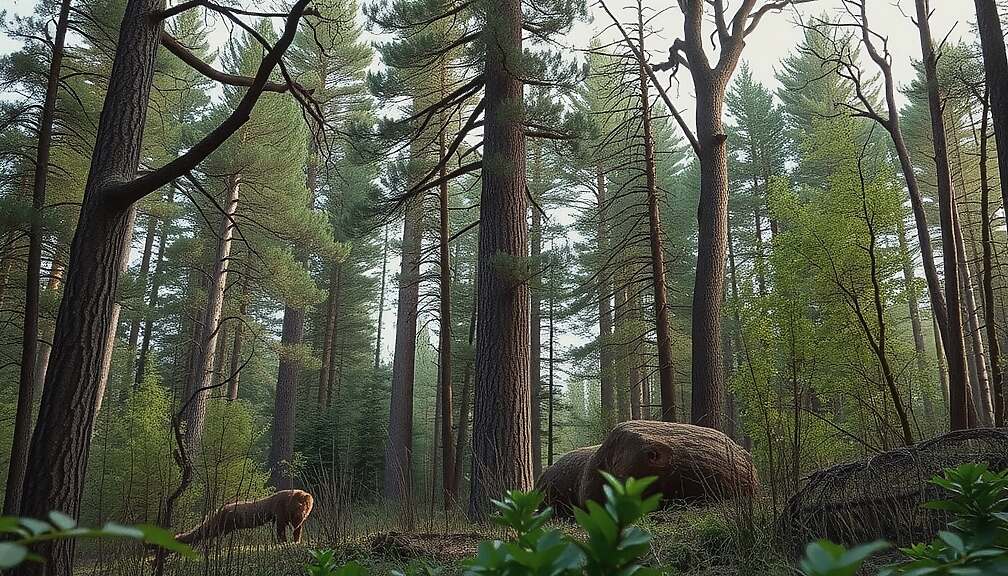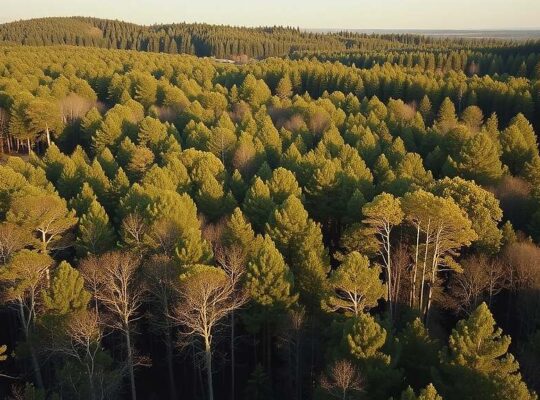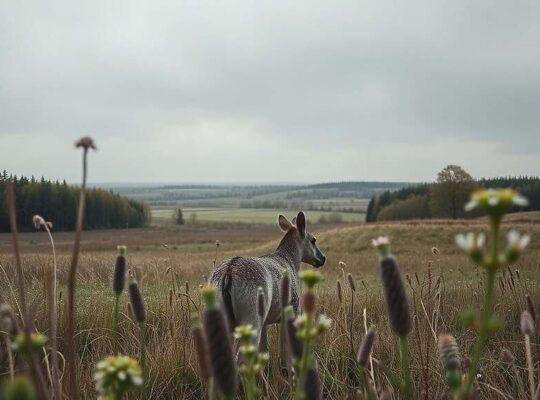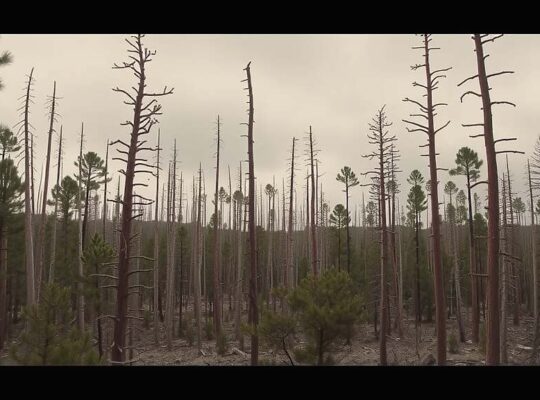A recent international study challenges the long-held assumption that increased tree species diversity automatically translates to greater drought resilience in forests. Researchers from the University of Freiburg, in collaboration with international partners, have published findings indicating that the benefits of diverse forests can diminish and even reverse, during prolonged periods of drought.
The study, published in the journal “Global Change Biology”, analyzed the growth patterns of 1,600 trees across 68 different species mixtures throughout Europe. While greater tree species diversity initially appeared to bolster growth during shorter, one-year drought spells, the researchers observed more complicated effects under extended dry conditions.
The analysis revealed that in some cases, mixed-species forests demonstrably enhanced drought tolerance. However, in other scenarios, the presence of varied species led to increased stress and competition for limited water resources. This complexity highlights that simply increasing the number of tree species doesn’t guarantee a climate-resilient forest.
According to Hernán Serrano-León, lead author of the study, the findings suggest a need to reassess strategies for building climate-resilient forests. “A greater diversity of tree species cannot be a universal recommendation” he stated. “As drought periods become increasingly frequent and lengthy, the specific composition of tree species – not just the number – will be crucial for maintaining healthy and resilient forest ecosystems”. The research underscores the importance of carefully considering the interplay between species and environmental factors when managing forests in a changing climate.










